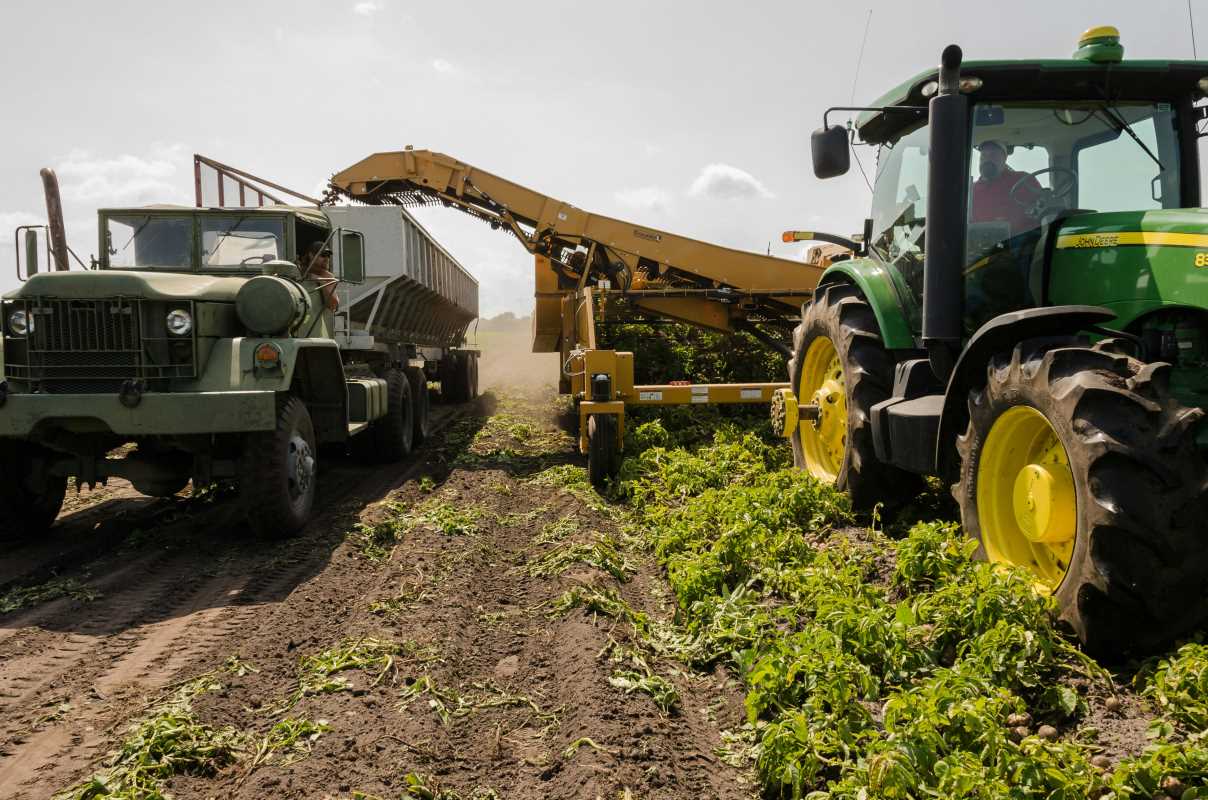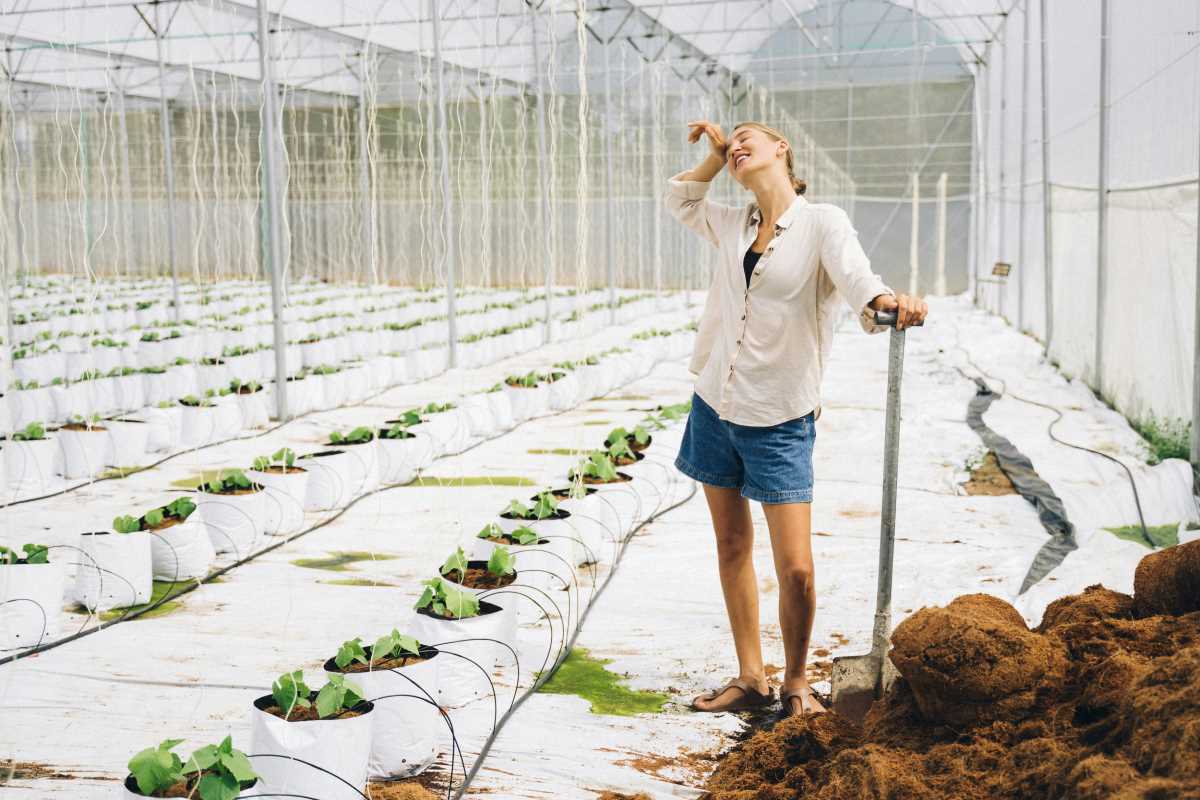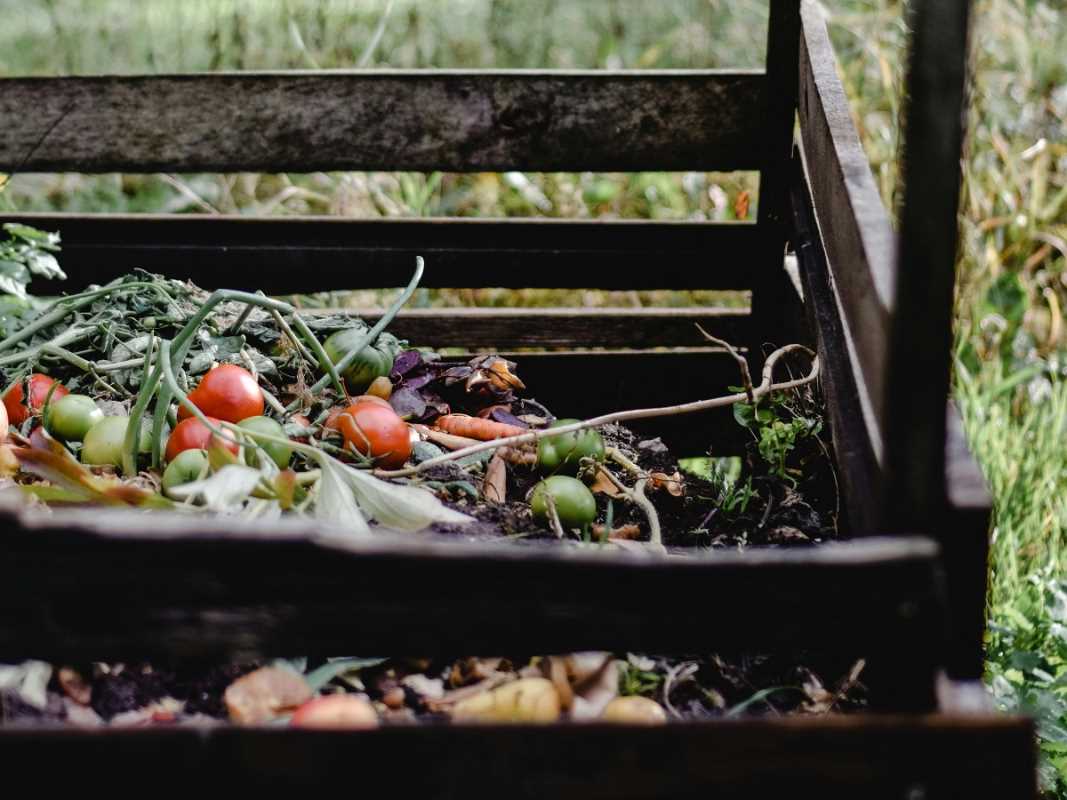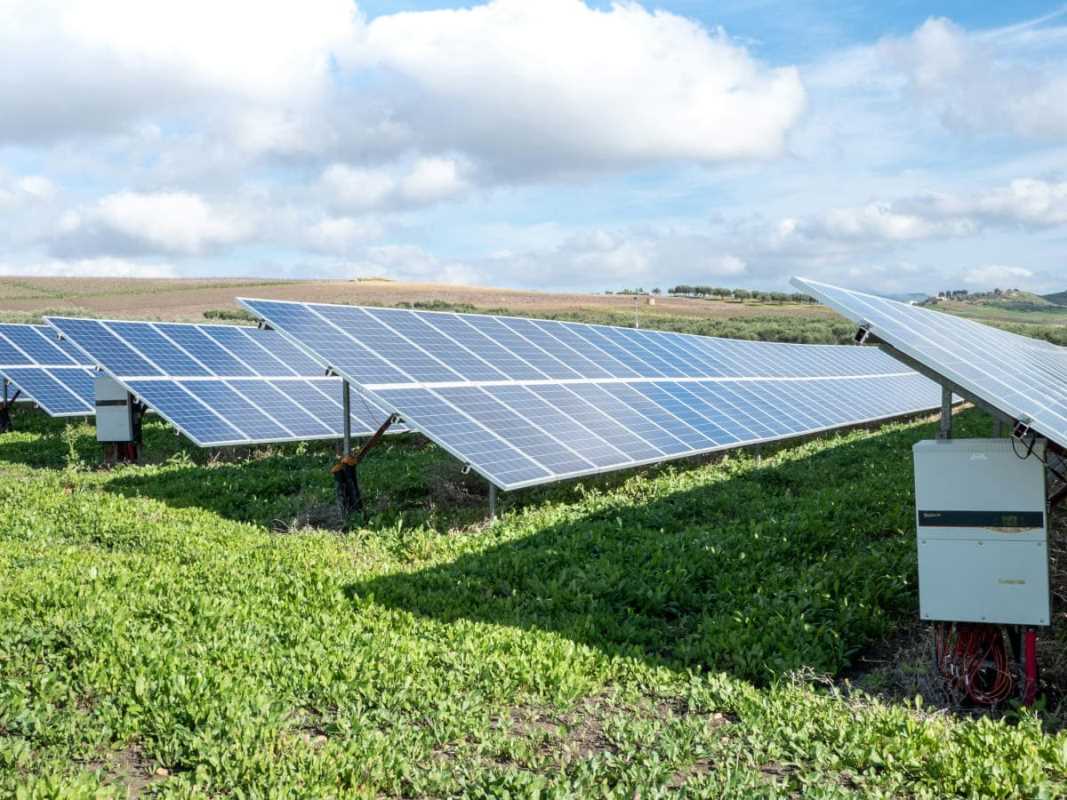Healthy pastures rely on high-quality forage to support robust plant growth and sustain productivity throughout the seasons. Farmers increasingly use soil moisture sensors to monitor the water levels in their fields with accuracy and ease. These devices provide real-time insights, allowing for precise irrigation adjustments that prevent both overwatering and drought stress. By relying on this information, growers can promote vigorous forage development and extend the lifespan of their pastures. The adoption of soil moisture sensors not only supports plant health but also helps maintain consistent yields, making them a valuable addition to modern agricultural practices.
Modern devices provide accurate readings, and these sensors deliver real-time data that guide you in managing pastures intelligently. This straightforward method ensures pastures get the right amount of water to promote strong forage growth, even when conditions change rapidly.
What Affects Forage Quality and Its Effects
Healthy forage forms the foundation of successful pasture management. When forage quality drops, livestock performance decreases, and the productivity of the land diminishes. Several factors influence how nutritious and resilient forage becomes.
Important factors that affect forage quality include:
- Soil nutrient levels that supply essential minerals for growth.
- Water availability and consistent rainfall.
- Varieties of plant species and their maturity at harvest.
- Pasture management methods like rotational grazing.
- Timely actions based on soil and plant conditions you observe.
Soil Moisture and Pasture Well-Being
Soil moisture directly impacts nutrient absorption and plant growth. When you control soil moisture properly, forage plants get both the water and nutrients they need. Overwatering or ignoring irrigation can cause root problems or stunt growth. Keeping an eye on moisture levels helps you prevent these issues and protect plant health.
Pastures face several moisture-related problems that influence forage quality. Consider these common issues:
- Too much water causing roots to become waterlogged and fungal diseases.
- Not enough watering leading to drought stress and less nutrient absorption.
- Uneven water distribution resulting in patchy pasture growth.
- Delayed actions to moisture changes because you lack timely data.
How Soil Moisture Sensors Help Manage Pasture
These sensors incorporate advanced technology to measure the amount of water in soil. They often use electronics to send real-time readings, helping you understand how moisture varies across different parts of your field. The data you receive is practical, allowing you to make quick adjustments to irrigation for the best pasture results.
Different sensor options can meet specific needs. Key features and installation choices include:
- Wireless connectivity that makes data collection easier across large areas.
- Robust design to withstand tough weather, ensuring they last long.
- Simple interface that makes setup and readings easy to perform.
- Battery or solar-powered options suitable for remote locations.
How to Improve Forage Quality Using Pasture Soil Moisture Sensors
Implementing soil moisture sensors can change how you manage pastures when you follow these steps carefully. Start by evaluating your field’s specific needs. Look at factors like soil type, land shape, and past moisture problems to select the right sensor system. After choosing the right device, plan where to install it in your pasture.
Follow these steps to include moisture sensors in your pasture management plan:
- Research different sensor options and pick one that meets your needs, focusing on accuracy and durability.
- Map your pasture to identify the best spots where moisture levels are likely to vary.
- Install sensors at the correct soil depth, following the manufacturer’s instructions for proper placement.
- Check sensor readings regularly and change your irrigation schedule based on the data.
- Review and adjust your system periodically to keep it working well.
Common Mistakes and Ways to Prevent Them
While soil moisture sensors offer many benefits, mistakes can limit their usefulness. Using practical knowledge and maintaining the system regularly can prevent costly errors. Recognizing common mistakes keeps your pasture management on track.
Some frequent errors include:
- Placing sensors in locations that do not accurately reflect overall field moisture, which can give false data.
- Failing to calibrate sensors regularly, resulting in outdated or wrong readings.
- Neglecting recommended maintenance, which can shorten sensor lifespan and reliability.
- Relying solely on sensor data without considering other factors like soil makeup and weather forecasts.
Use these tips to manage your pastures effectively, control moisture levels, and improve forage quality for healthier results.
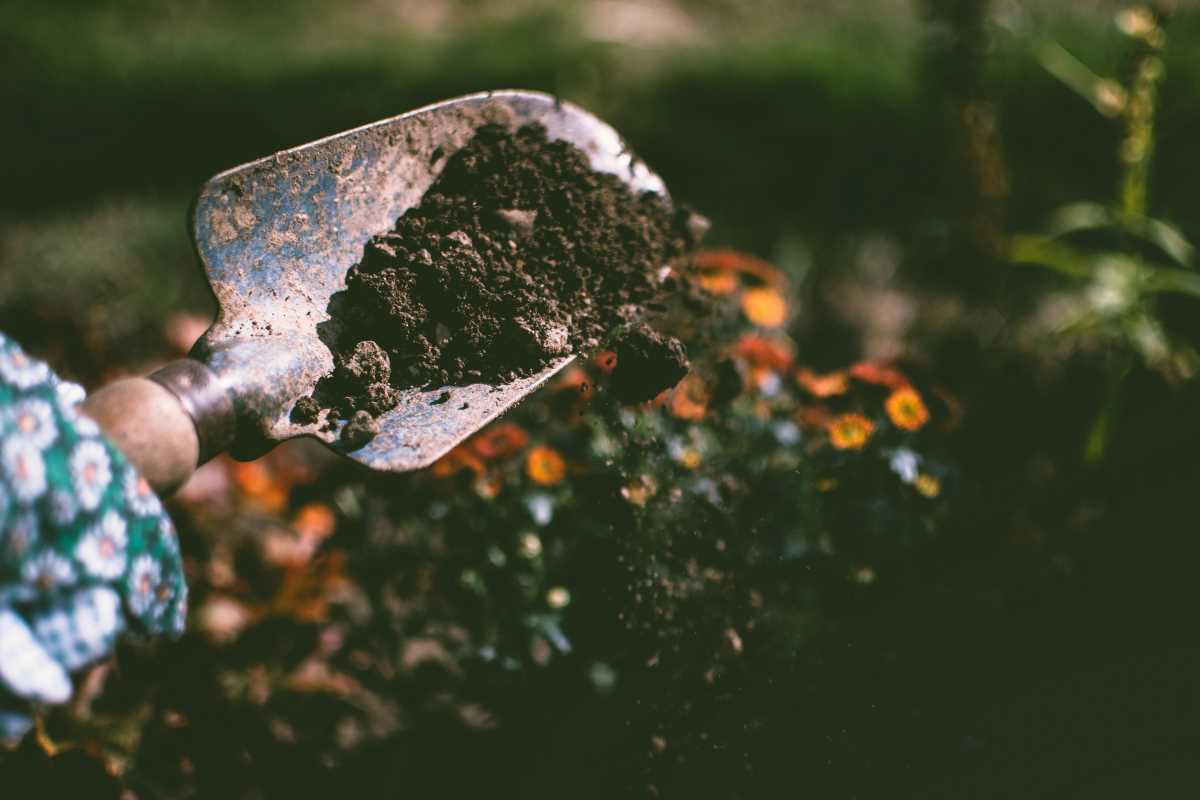 (Image via
(Image via
